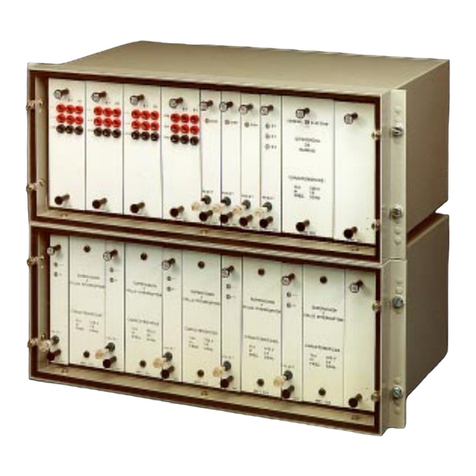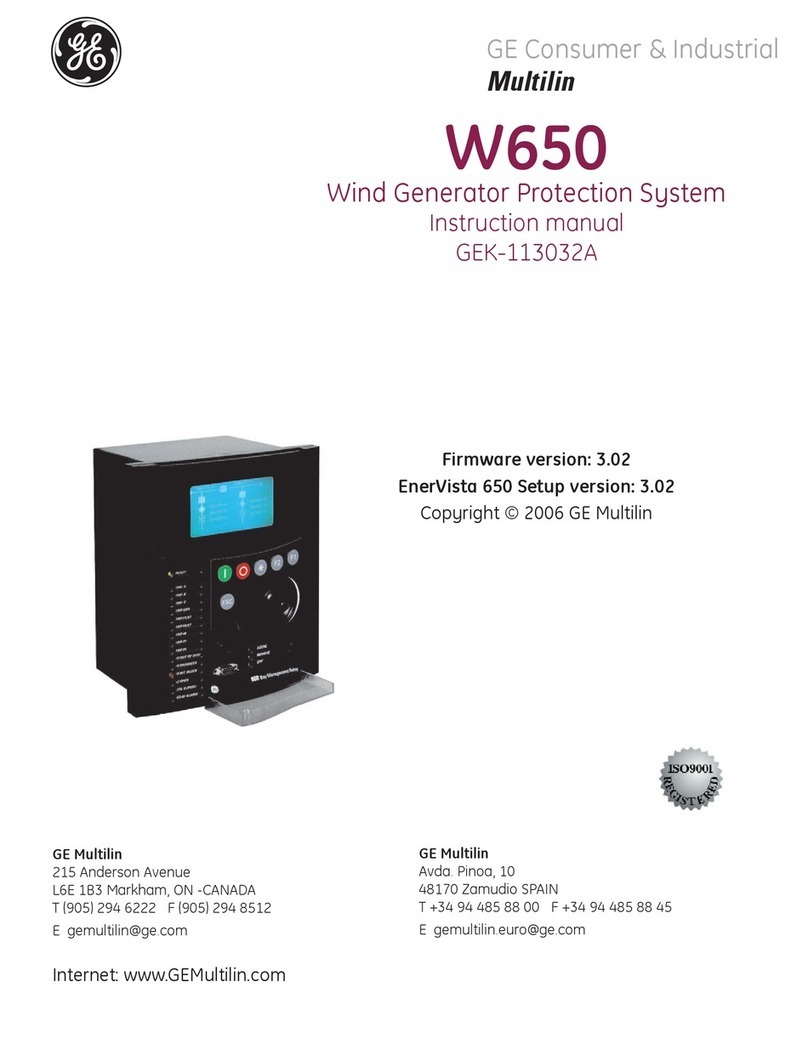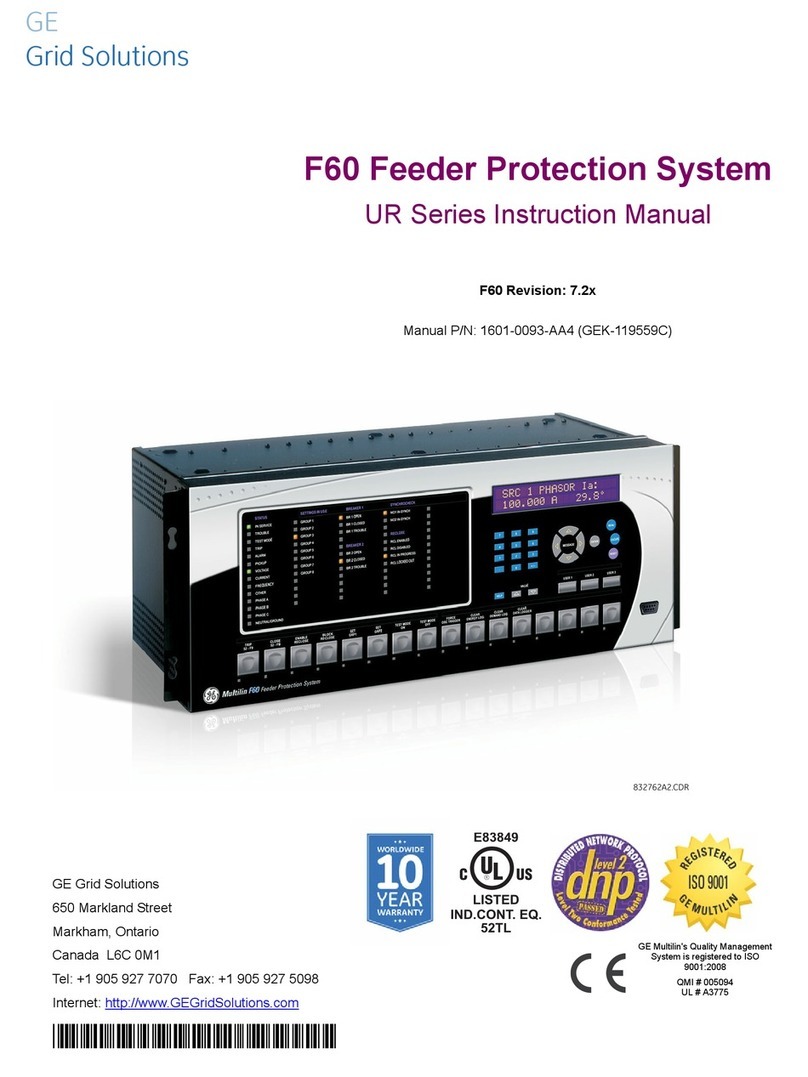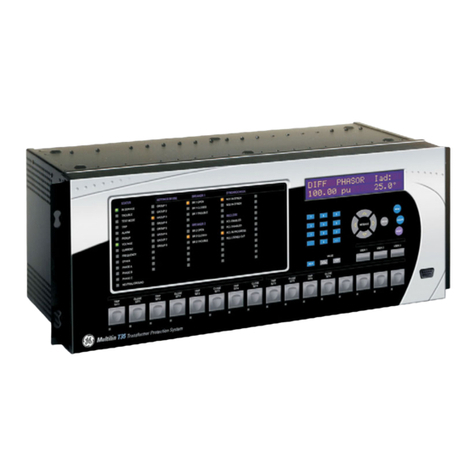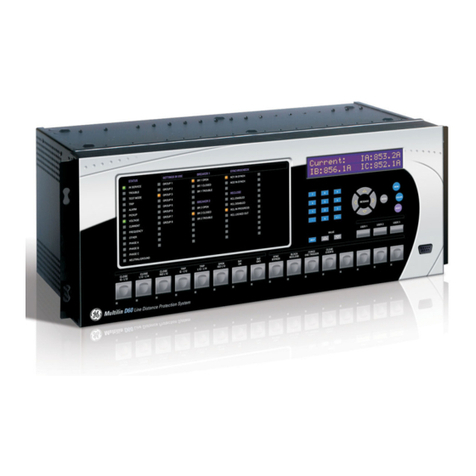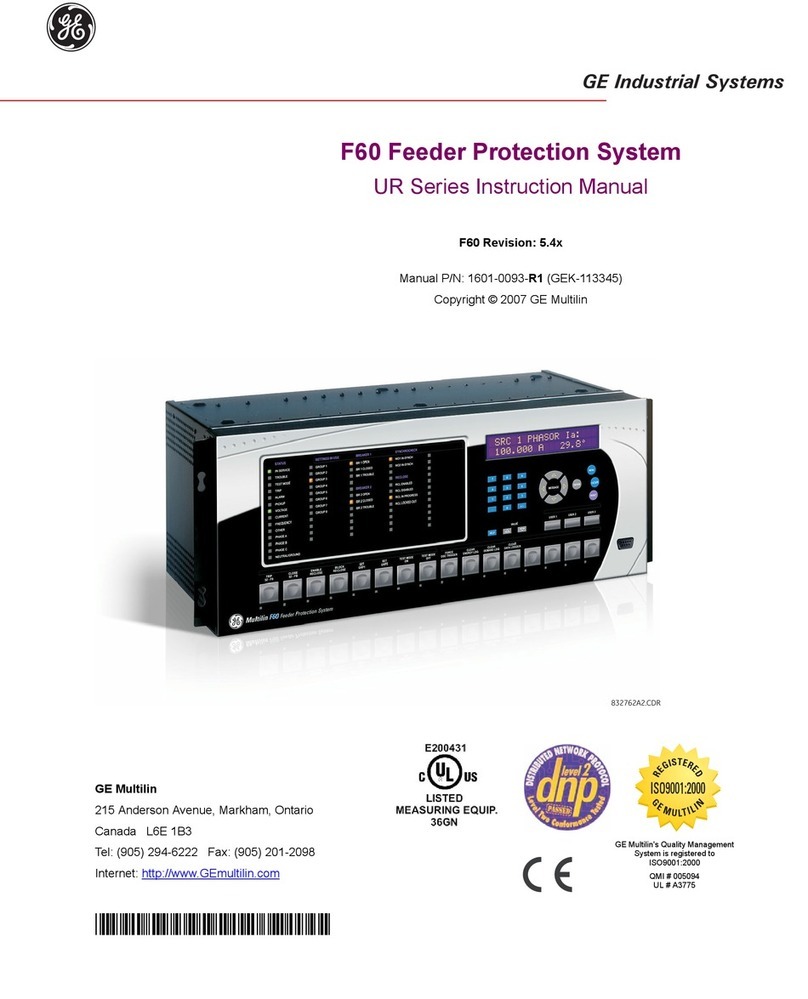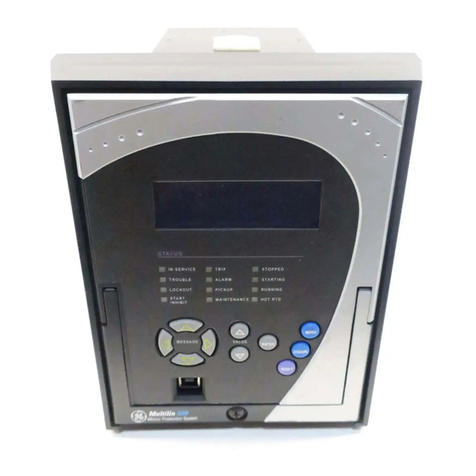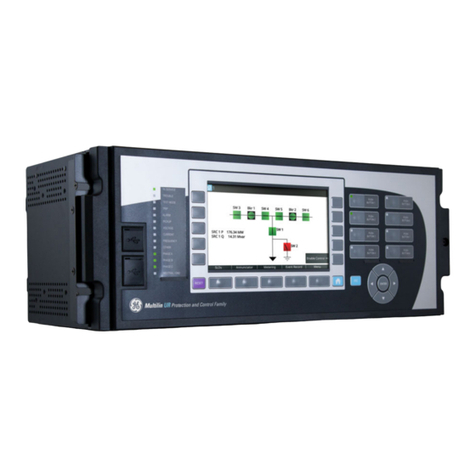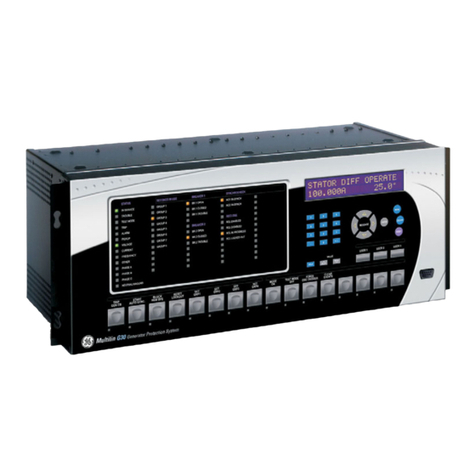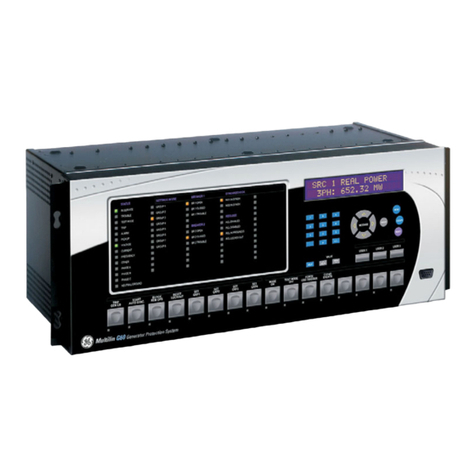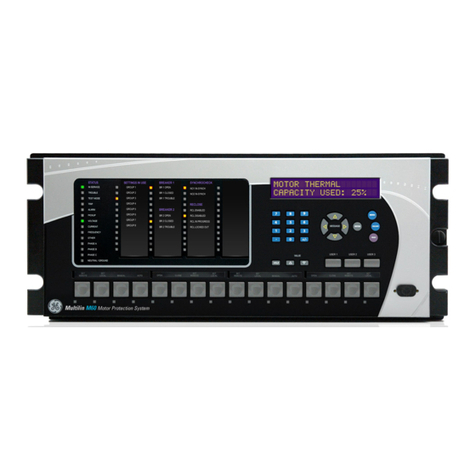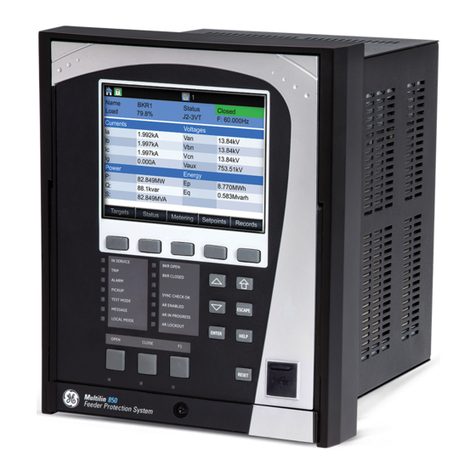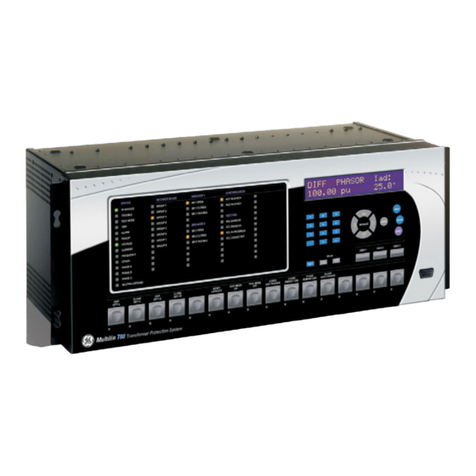
850 FEEDER PROTECTION SYSTEM – INSTRUCTION MANUAL III
Custom Configuration.............................................................................................................................4 - 6
Clock................................................................................................................................................................4 - 9
Real-time Clock...........................................................................................................................................4 - 9
PTP Configuration......................................................................................................................................4 - 9
Clock..............................................................................................................................................................4 - 11
SNTP Protocol ...........................................................................................................................................4 - 12
Security ....................................................................................................................................................... 4 - 13
Basic Security...........................................................................................................................................4 - 14
CyberSentry ..............................................................................................................................................4 - 15
Communications .................................................................................................................................... 4 - 23
RS485............................................................................................................................................................4 - 23
WiFi................................................................................................................................................................4 - 23
USB ................................................................................................................................................................4 - 26
Ethernet Ports...........................................................................................................................................4 - 27
Modbus Protocol .....................................................................................................................................4 - 29
Routing.........................................................................................................................................................4 - 33
DNP Protocol.............................................................................................................................................4 - 36
DNP / IEC104 Point Lists ......................................................................................................................4 - 38
IEC 60870-5-104 .....................................................................................................................................4 - 41
IEC 60870-5-103 .....................................................................................................................................4 - 42
IEC 61850....................................................................................................................................................4 - 43
Remote Modbus Device.......................................................................................................................4 - 45
Transient Recorder ................................................................................................................................ 4 - 46
Data Logger .............................................................................................................................................. 4 - 48
Fault Reports ............................................................................................................................................ 4 - 51
Event Data ................................................................................................................................................. 4 - 53
Flex States.................................................................................................................................................. 4 - 54
Front Panel ................................................................................................................................................ 4 - 54
Programmable LEDs..............................................................................................................................4 - 54
Programmable Pushbuttons .............................................................................................................4 - 56
Tab Pushbuttons .....................................................................................................................................4 - 61
Annunciator...............................................................................................................................................4 - 64
Display Properties ..................................................................................................................................4 - 67
Default Screens........................................................................................................................................4 - 68
Home Screens..........................................................................................................................................4 - 68
Resetting..................................................................................................................................................... 4 - 69
Installation................................................................................................................................................. 4 - 70
System ................................................................................................................................................4 - 71
Current Sensing....................................................................................................................................... 4 - 71
Voltage Sensing ...................................................................................................................................... 4 - 72
Traditional VT............................................................................................................................................4 - 72
Power System .......................................................................................................................................... 4 - 73
Breakers...................................................................................................................................................... 4 - 74
Switches...................................................................................................................................................... 4 - 76
FlexCurves ................................................................................................................................................. 4 - 79
Inputs...................................................................................................................................................4 - 87
Contact Inputs ......................................................................................................................................... 4 - 87
Virtual Inputs ............................................................................................................................................ 4 - 90
Analog Inputs ........................................................................................................................................... 4 - 92
Remote Inputs.......................................................................................................................................... 4 - 96
Outputs ...............................................................................................................................................4 - 97
Output Relays .......................................................................................................................................... 4 - 97
Output Relay 1 (F1) Trip.....................................................................................................................4 - 100
Output Relay 2 (F4) programmed as Close..............................................................................4 - 102
Auxiliary Output Relays .................................................................................................................... 4 - 104
Critical Failure Relay #8.................................................................................................................... 4 - 105
Virtual Outputs.......................................................................................................................................4 - 106






